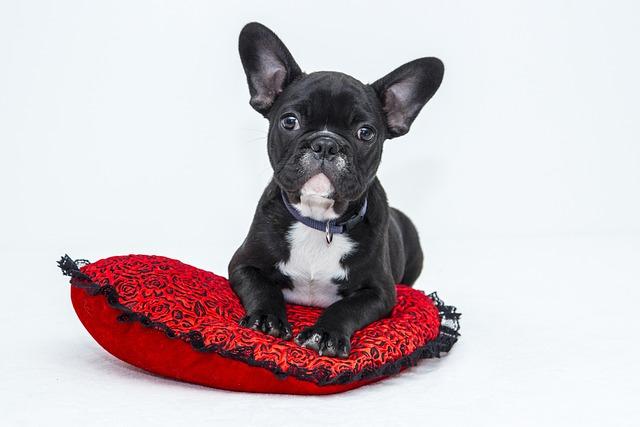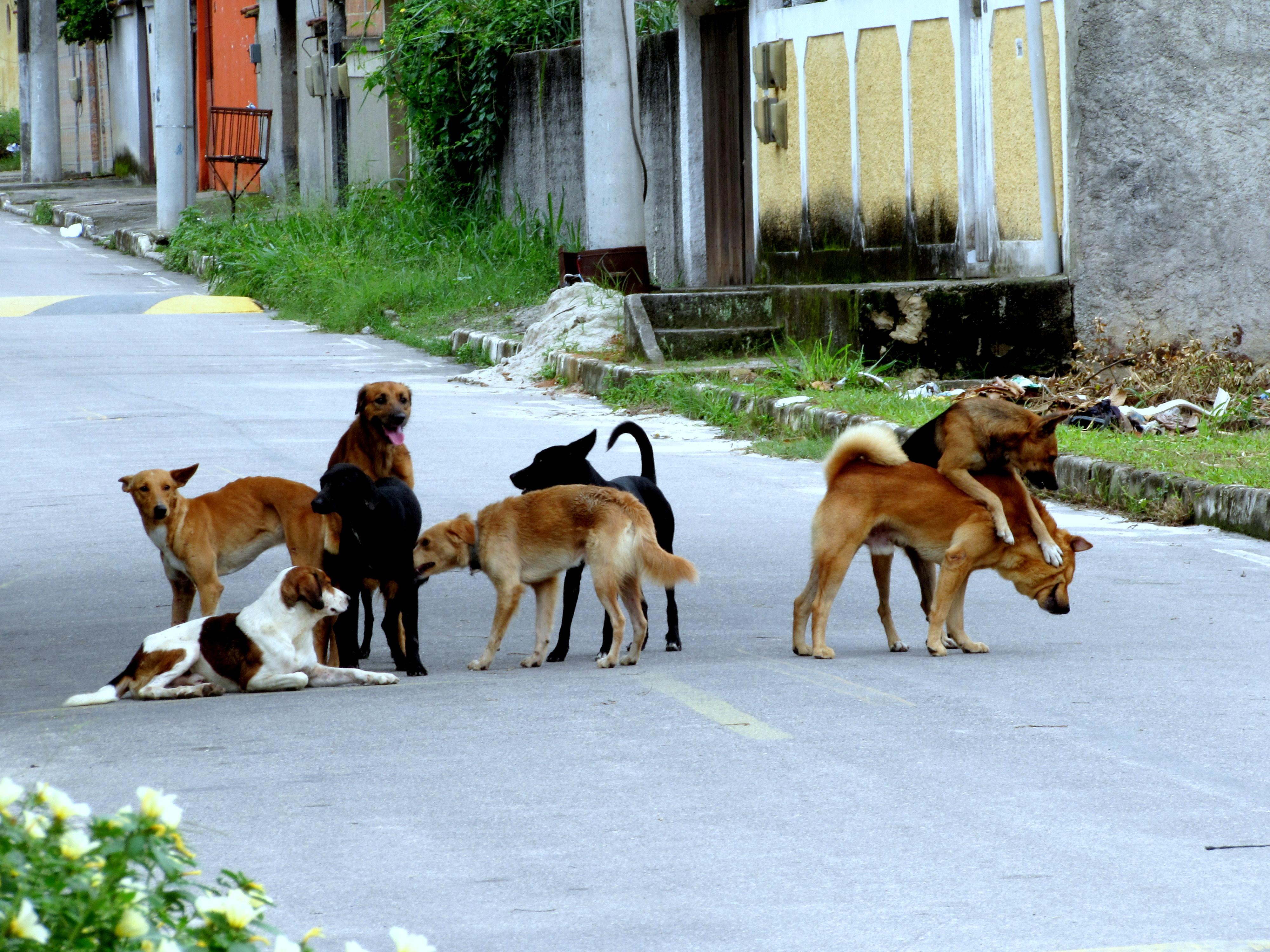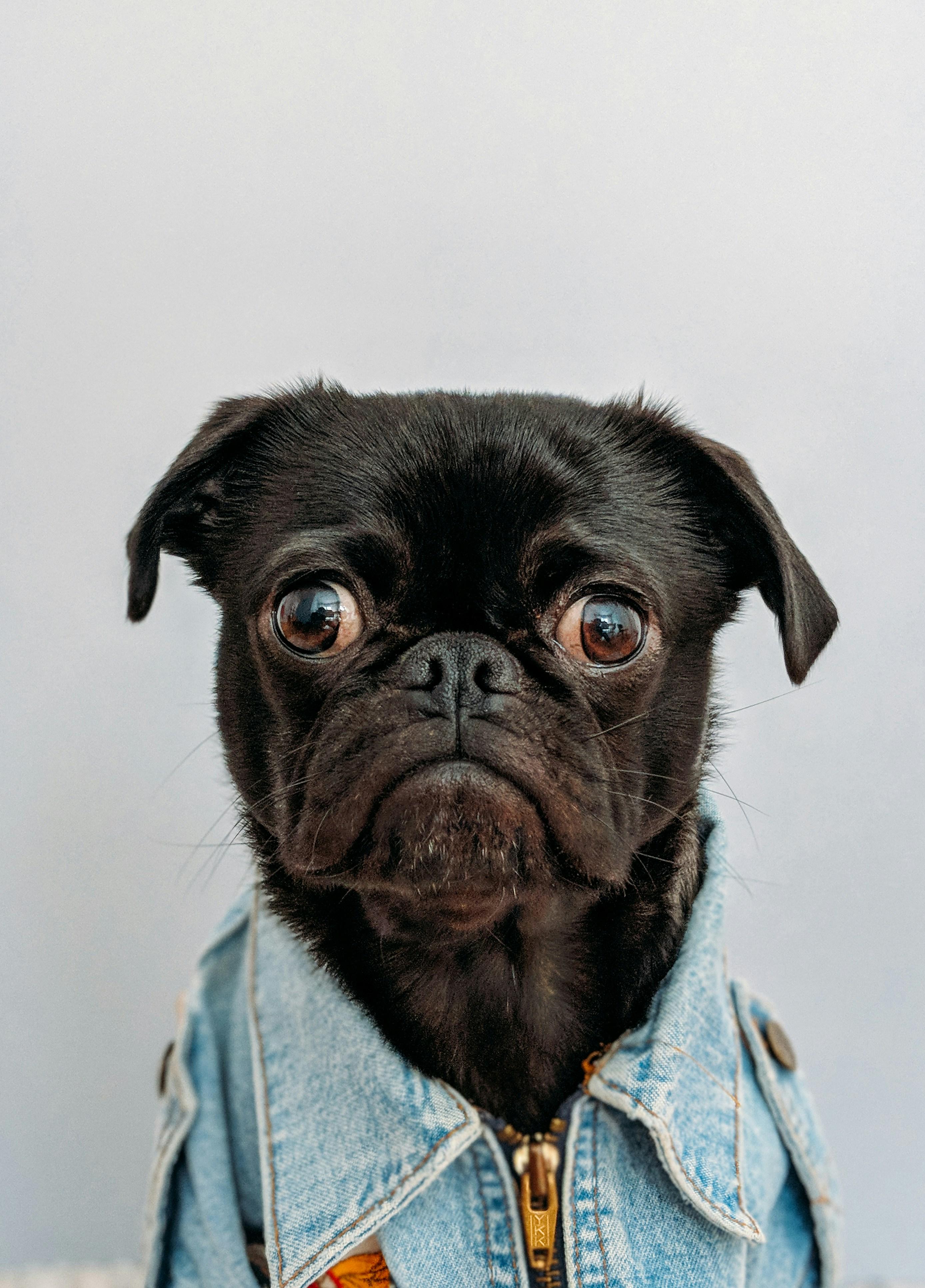Correcting Aggression in Dogs Towards Other Pets

Aggression in dogs towards other pets is a common concern among pet owners, often leading to stressful environments and strained relationships between animals and their human companions. Understanding the root causes of this behavior is crucial for implementing effective corrective measures. This article provides a comprehensive guide on identifying the triggers of canine aggression and offers practical strategies to promote harmony in multi-pet households. By adopting a calm and consistent approach, pet owners can help their dogs develop healthier interactions with other animals, ensuring a peaceful coexistence and enhancing the overall well-being of their furry family members.
Understanding the Root Causes of Canine Aggression Towards Other Pets
To effectively address canine aggression towards other pets, it’s essential to delve into the underlying causes that may trigger such behavior. Recognizing these root causes can aid in developing targeted strategies for correction. Fear and anxiety often play a significant role, where dogs may perceive other animals as threats, leading to aggressive reactions. Lack of socialization during critical developmental stages can also result in aggression, as the dog may not know how to appropriately interact with other pets.
Additionally, consider the influence of territorial instincts, where dogs may become aggressive to protect their perceived domain. Resource guarding is another common factor, where a dog may exhibit aggression over food, toys, or even human attention. underlying medical issues such as pain or hormonal imbalances can exacerbate aggressive tendencies. Addressing these aspects requires a comprehensive approach, often involving behavioral training and, in some cases, veterinary intervention. Understanding these elements is crucial for crafting an effective plan to reduce and eventually eliminate aggression in dogs towards other pets.

Implementing Positive Reinforcement Techniques for Behavioral Adjustment
Positive reinforcement is a powerful tool in reshaping a dog’s behavior, especially when addressing aggression towards other pets. By focusing on rewarding desirable behaviors rather than punishing negative ones, you create a more harmonious environment for both your dog and other animals. Consistency is key. Every time your dog demonstrates calm behavior in the presence of another pet, reward them with treats, praise, or playtime. This helps them associate the presence of other pets with positive experiences.
When implementing these techniques, consider the following strategies:
- Timing: Ensure rewards are given immediately after the desired behavior to strengthen the association.
- Variety of Rewards: Use a mix of treats, toys, and affection to keep your dog engaged and motivated.
- Gradual Exposure: Start with controlled, low-stress interactions and gradually increase the exposure to other pets.
- Monitoring Body Language: Pay close attention to your dog’s signals. If they show signs of stress or aggression, calmly redirect their focus and try again later.
By incorporating these techniques, you foster a more peaceful coexistence and enhance the bond between your dog and other household pets.

Creating a Safe and Controlled Environment for Interactions
When addressing aggression in dogs towards other pets, it’s crucial to establish an environment where interactions are both safe and controlled. Begin by ensuring that the initial meetings between your dog and other pets take place in a neutral territory, minimizing territorial instincts. Utilize barriers like baby gates or crates to create physical boundaries, allowing the animals to observe each other without direct contact. This not only reduces the risk of immediate confrontations but also helps them gradually acclimate to each other’s presence.
- Supervised Interaction: Always supervise interactions until you are confident in your dog’s behavior. Watch for signs of stress or aggression, such as growling or rigid body posture, and intervene promptly.
- Controlled Exposure: Gradually increase the time and proximity of the interactions. Start with short sessions and slowly extend them as your dog becomes more comfortable.
- Positive Reinforcement: Reward your dog for calm and non-aggressive behavior during interactions. Use treats, praise, or playtime to reinforce positive behavior.
By carefully managing these interactions, you create a foundation of trust and safety, allowing your dog to learn that other pets are not a threat. Consistency and patience are key in reshaping your dog’s behavior, ensuring peaceful coexistence in the long term.

Seeking Professional Help for Persistent Aggression Issues
When your furry friend exhibits persistent aggression towards other pets, it may be time to seek professional help. Consulting a certified animal behaviorist or a professional dog trainer can provide valuable insights and techniques tailored to your dog’s specific needs. These experts can help identify triggers and underlying causes of aggression, and guide you through behavior modification plans.
- Assessment and Diagnosis: A professional will assess your dog’s behavior to diagnose any underlying issues contributing to aggression.
- Customized Training Plans: Tailored strategies will be developed to address specific behaviors, helping your dog learn to interact positively with other pets.
- Consistency and Patience: Professionals will work with you to ensure consistent training methods, emphasizing patience and positive reinforcement.
Engaging with a professional not only aids in correcting your dog’s aggressive behavior but also fosters a harmonious living environment for all your pets. Remember, early intervention is key to managing and redirecting unwanted behaviors effectively.



